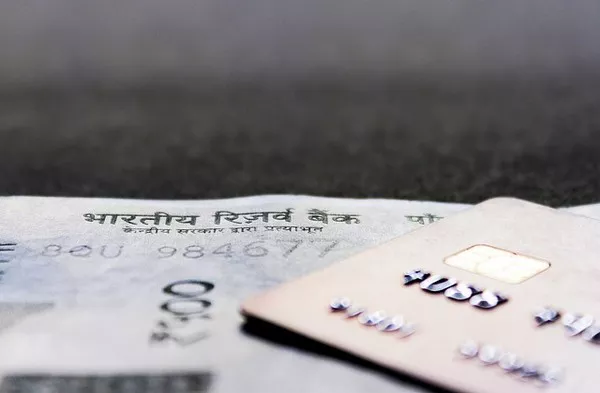The Indian Rupee (₹), symbolized by the distinctive horizontal bar with two vertical lines, is the official currency of the Republic of India. With a rich history and a variety of banknotes and coins, the Indian Rupee reflects the cultural, historical, and economic diversity of this vast nation. In this article, we will explore the design, denominations, and security features of the Indian Rupee.
Indian Rupee Denominations
The Indian Rupee comes in various denominations, each featuring its unique design and size. As of my last knowledge update in January 2022, the common banknote denominations in circulation include ₹2, ₹5, ₹10, ₹20, ₹50, ₹100, ₹200, ₹500, and ₹2,000. Additionally, there are several commemorative and special edition notes that have been issued over the years.
Design and Features of Indian Rupee Banknotes
₹2 Note: The ₹2 note features a design highlighting a tiger on the reverse side, which represents the rich wildlife of India.
₹5 Note: The ₹5 note showcases an image of the Red Fort, an iconic historical monument located in Delhi, on its reverse side.
₹10 Note: The ₹10 note features an image of the Konark Sun Temple, a UNESCO World Heritage Site located in Odisha, India.
₹20 Note: The ₹20 note portrays a motif of the Ellora Caves, another UNESCO World Heritage Site that consists of rock-cut temples.
₹50 Note: The ₹50 note exhibits a stunning image of the Indian Parliament building on the reverse side.
₹100 Note: The ₹100 note features an image of Rani ki Vav, a stepwell located in Patan, Gujarat, and a UNESCO World Heritage Site.
₹200 Note: The ₹200 note highlights the motif of Sanchi Stupa, a historical Buddhist monument located in Madhya Pradesh.
₹500 Note: The ₹500 note displays an image of the Red Fort on its reverse side, similar to the ₹5 note, but with distinct colors and security features.
₹2,000 Note: The ₹2,000 note showcases the Mangalyaan, India’s Mars Orbiter Mission, on the reverse side.
Security Features of Indian Rupee Banknotes
Indian currency notes incorporate a variety of security features to prevent counterfeiting. Some of these features include:
Watermark: When you hold the note against the light, you can see a watermark image of Mahatma Gandhi, the Father of the Nation, on all denominations.
Security Thread: Each banknote has a vertical security thread with the words “Bharat” (in Hindi) and “RBI” alternating in the thread. This thread appears as a continuous line when you hold the note against the light.
Microlettering: Tiny letters containing the denominational numeral of the note are present in the Mahatma Gandhi portrait and the Reserve Bank of India (RBI) seal.
See-Through Register: This feature enables you to see a complete pattern when you hold the banknote against the light.
Optically Variable Ink (OVI): Some banknotes feature a security ink that changes color when tilted.
Raised Printing: When you run your fingers over the note, you can feel raised printing on some parts of the design.
Fluorescence: Under ultraviolet (UV) light, different parts of the banknotes fluoresce in various colors, revealing hidden features.
Intaglio Printing: High-quality intaglio printing is used for the Mahatma Gandhi portrait, the RBI seal, and the denominational numeral.
Coins of the Indian Rupee
Indian Rupee coins are issued in various denominations, including ₹1, ₹2, ₹5, and ₹10, as well as smaller values like 50 paise and 25 paise (though the latter two have become less common). The design of coins typically includes the national emblem of India, the Ashoka Chakra, and a portrait of Mahatma Gandhi. The reverse side of the coins features various symbols, including flora, fauna, and historical landmarks, depending on the denomination.
Commemorative and Special Edition Banknotes
Over the years, India has issued a range of commemorative and special edition banknotes to honor significant historical events, personalities, and achievements. These notes often feature unique designs and colors, making them highly collectible among numismatists.
Conclusion
The Indian Rupee is not just a medium of exchange but also a reflection of India’s diverse culture, history, and achievements. The designs of the banknotes and coins pay homage to India’s rich heritage, architectural marvels, and natural beauty. As the Indian economy continues to evolve, the design and security features of the Indian Rupee will likely see updates, but the currency will always be a symbol of the nation’s identity and pride.


